In today’s digital age, a well-designed website is essential for any business. However, selecting the right type of website and the appropriate technologies can be daunting. This guide will help you make an informed decision by considering your business goals, industry, and budget.
1. Identify the Purpose of Your Website
Before diving into the technical aspects, it’s crucial to define what you want your website to achieve. Different businesses require different types of websites. Here are some common categories:
- Business Website (Informational): Ideal for service-based businesses like law firms, consultancies, and agencies, providing company details, services, contact information, and testimonials.
- E-commerce Website: Necessary for businesses planning to sell products online, featuring product listings, a shopping cart, and secure payment processing.
- Portfolio Website: Designed for freelancers and creative professionals to showcase their work and attract clients.
- Blog or Content-Based Website: Useful for businesses focused on content marketing, helping drive traffic and establish industry authority.
- Membership or Subscription Website: Suitable for businesses offering premium content, online courses, or exclusive services via membership or subscription.
2. Determine Your Website Features
After identifying your website type, decide on the key features your website needs. Below is a comparison of different website types and their typical features:
| Feature | Business Website | E-commerce | Portfolio | Blog | Membership |
|---|---|---|---|---|---|
| Contact Form | ✅ | ✅ | ✅ | ✅ | ✅ |
| Online Store | ❌ | ✅ | ❌ | ❌ | ✅ |
| Blog | ✅ | ✅ | ✅ | ✅ | ✅ |
| Booking System | ✅ | ✅ | ✅ | ❌ | ✅ |
| Membership/Login | ❌ | ✅ | ❌ | ❌ | ✅ |
| Payment Gateway | ❌ | ✅ | ❌ | ❌ | ✅ |
Your choice of technology will depend on factors such as technical expertise, budget, and scalability needs. Here are some common options:
A. Website Builders (No Coding Required)
- Best for: Small businesses, startups, and non-tech users.
- Examples: Wix, Squarespace, Shopify (for e-commerce).
- Pros: Quick setup, user-friendly, requires no coding.
- Cons: Limited customization, less control over SEO.
- Ideal for: Individuals and small businesses needing a simple website quickly.

B. CMS Platforms (Content Management Systems)
- Best for: Blogs, business websites, and content-heavy platforms.
- Examples: WordPress, WooCommerce, Magento.
- Pros: Flexible, customizable, great for SEO.
- Cons: Requires maintenance, the learning curve for beginners.
- Ideal for: Businesses needing a balance of flexibility and ease of use.
C. Custom Development (Full Control & Scalability)
- Best for: Large businesses, tech startups, and companies requiring unique functionalities.
- Technologies: HTML, CSS, JavaScript (React, Vue.js, Angular), PHP (Laravel), Python (Django, Flask), Node.js.
- Pros: Fully customizable, scalable, and tailored to business needs.
- Cons: Higher development costs, require technical expertise.
- Ideal for: Businesses expecting rapid growth and requiring advanced features.
4. Consider Hosting & Domain Requirements

Your website’s performance and security depend on choosing the right hosting service. Here are the main hosting options:
A. Shared Hosting
- Best for: Small websites and blogs.
- Examples: Bluehost, SiteGround.
- Pros: Affordable, easy to set up.
- Cons: Limited performance and scalability.
B. VPS Hosting
- Best for: Medium-sized businesses and websites with growing traffic.
- Examples: DigitalOcean, Linode.
- Pros: More control, better performance.
- Cons: Requires some technical knowledge.
C. Managed Hosting
- Best for: Businesses using WordPress.
- Examples: Kinsta, WP Engine.
- Pros: Optimized for WordPress, security-focused.
- Cons: More expensive than shared hosting.
D. E-commerce Hosting
- Best for: Online stores.
- Examples: Shopify, BigCommerce.
- Pros: Designed for online selling, and secure payment processing.
- Cons: Monthly costs can add up.
5. Future Growth & Scalability
A. Choosing a Scalable Platform
Choose platforms that embrace scalability, such as WordPress paired with WooCommerce or bespoke creations, especially if you foresee swift expansion. It’s crucial to select solutions that can handle increased traffic and transaction volumes without compromising performance. Furthermore, consider the ease of integrating new features or plugins to adapt to your evolving business needs.
B. Optimizing for SEO and Performance
Search Engine Optimization (SEO) plays a vital role in generating organic traffic. It is essential to select platforms that facilitate on-page SEO enhancements, ensure rapid loading times, and support mobile-responsive designs.
C. Security and Maintenance
To ensure the security and integrity of your website, it is essential to implement SSL certificates for encrypted connections. Regular software updates should be performed to protect against vulnerabilities. Additionally, establishing comprehensive backup solutions will safeguard your data in case of unforeseen incidents. Adopting these practices will enhance your site’s resilience and trustworthiness.
D. User Experience and Accessibility
Make your website user-friendly with intuitive navigation, stunning visuals, and accessibility features for individuals with disabilities. Enhance the user experience by ensuring that everyone can easily access and enjoy your content. Prioritize design that engages all visitors while promoting inclusivity. Boost your site’s appeal and functionality to attract and retain a diverse audience.
E. Mobile Responsiveness

Ensure your website is fully optimized for mobile viewing to cater to the increasing number of users browsing on smartphones and tablets. A mobile-friendly design enhances user experience and boosts search engine rankings. Prioritize responsive layouts and fast loading times to keep visitors engaged. Optimize your content for mobile to attract and retain a wider audience.
F. Integration with Marketing Tools
Connect your website with email marketing, social media, and analytics tools to track performance and engage users.
G. Customer Support & Chatbots
Live chat or AI-driven chatbots can improve customer interaction and support.
6. Final Thoughts: Making the Right Decision
Choosing the right website type and technology stack depends on your business needs, technical expertise, and budget. Here’s a quick recap:
- Define Your Website’s Purpose: Choose a business, e-commerce, portfolio, blog, or membership site.
- Determine Features: Identify key functionalities your website should have.
- Choose the Right Platform: Use a website builder, CMS, or custom development based on your needs.
- Select Hosting & Domain: Pick the right hosting plan to ensure performance and security.
- Plan for Growth: Optimize for SEO, scalability, and security for long-term success.
A well-planned website is an investment in your business’s future. Take the time to assess your needs, research your options, and create a site that helps your business thrive.
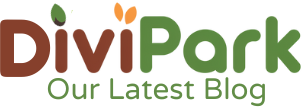



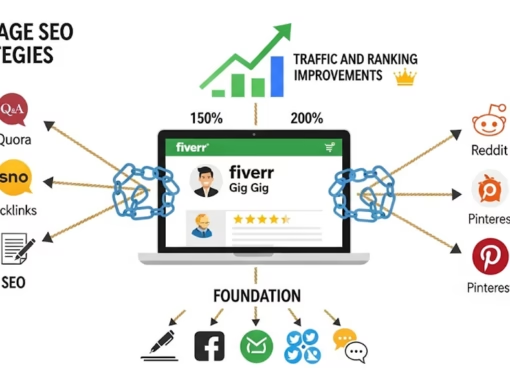

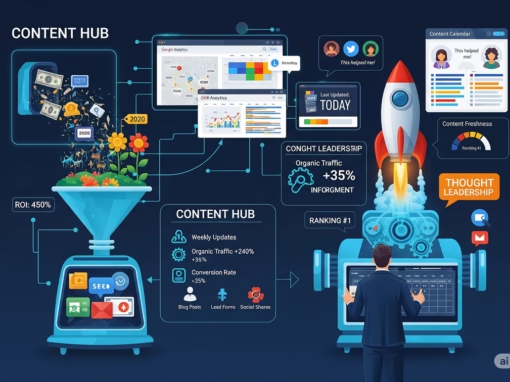
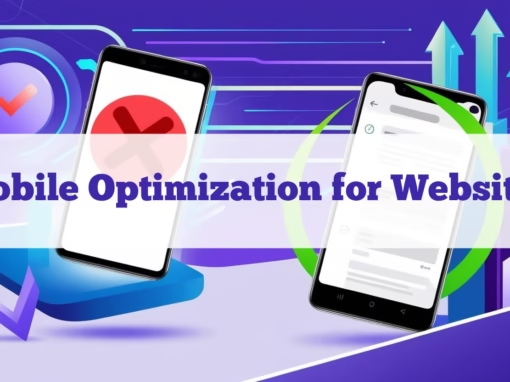
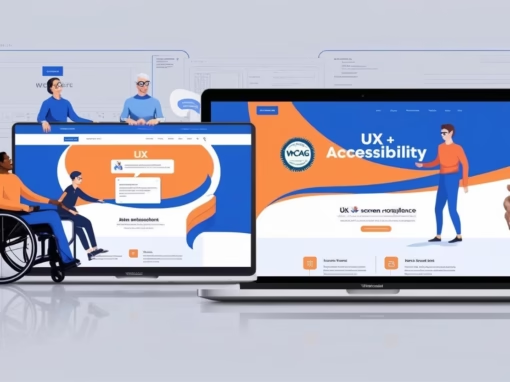

0 Comments